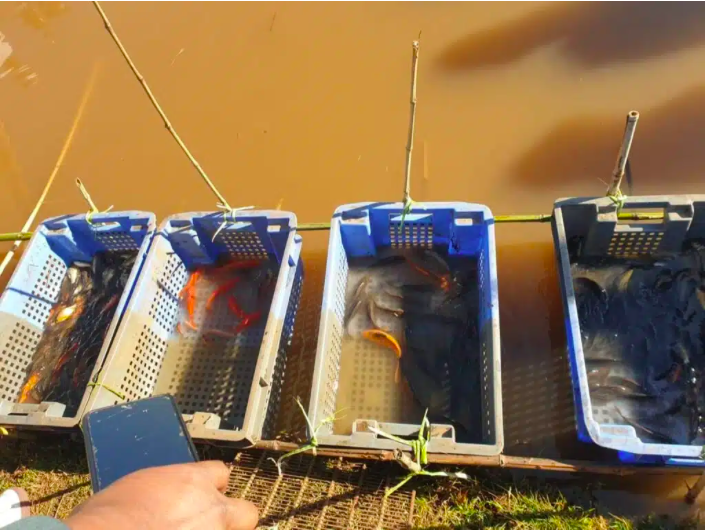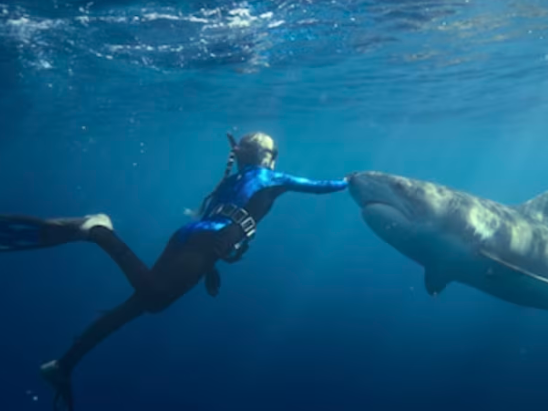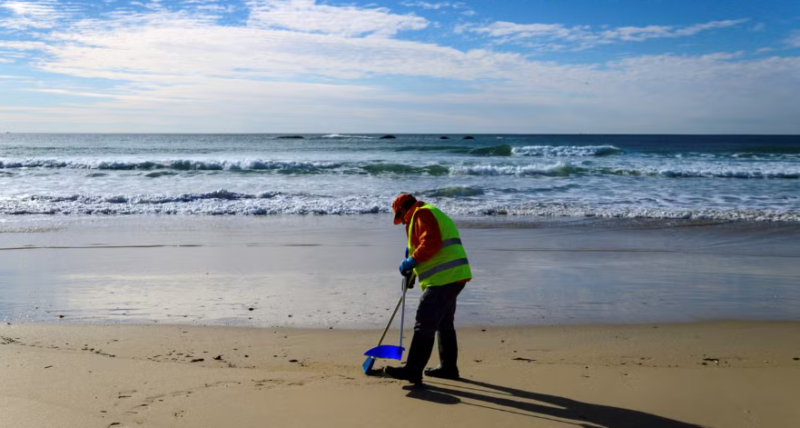As part of its efforts to promote the blue economy, the Ministry of Fisheries and the Blue Economy has organized training courses in several regions of the island, with the aim of attracting the population to fish and rice-fish farming.

The aim is to improve farmers’ incomes while combating food insecurity, given that fish consumption is a source of protein for the population. The Vakinankaratra region stands out for its increase in fish farming productivity, thanks to the partnership between this ministerial department and the NGO APDRA. By way of illustration, the extensive system developed by fish farmers in the fokontany of Andremasoandro, commune and district of Betafo, is proving more effective, according to their testimonies. Technicians from the regional directorate of the Ministry of Fisheries and the Blue Economy have also confirmed this, noting that yields have exceeded expectations.
Spawning offset technique
What’s more, the Betafo district is still Madagascar’s leading granary for carp fry production, according to these technicians. Thanks to the popularization of the staggered spawning technique, fry are available throughout the year. In the Andremasoandro fokontany alone, more than a hundred fry producers each have a farm hatchery and at least a dozen broodstock. Each broodstock can spawn twice a year, producing between 30,000 and 100,000 fry at each spawning, we were told. Given the profitability of this activity, women and young people are also beginning to take up fish farming, and more specifically fry production. It should also be recognized that the development of fish farming generates local jobs, as well as improving the incomes of those involved. Raising carp in ponds for fry fattening also represents another profitable source of income for the local population.
Expansion of activities
Still within the framework of promoting the blue economy, the development of tilapia farming is one of the activities developed by the ministry in charge. This is a promising sector. Fish farmers in the rural commune of Anosiala, district of Manakara, in the Fitovinany region will be provided with 12,500 quality fry. Training courses for people interested in fish farming are also continuing in many regions. One of the training beneficiaries, Mr. Jeannot, who has converted to fish farming in the rural commune of Analamary, Betroka district, in the Anôsy region, testifies to its profitability. He currently has six ponds with a surface area of 92m², and plans to extend his activities by creating another dozen ponds in the near future.
Development of small-scale fishing
In addition to promoting fish farming, this department also supports the development of small-scale fishing. For example, fishermen belonging to the “Mahavita Azy” group are benefiting from fishing equipment and materials as part of the implementation of the “Fandroso” project, financed by the European Union and supported by the Fonds de Développement Agricole (FDA). The equipment includes pirogues, fishing nets and life jackets. This will enable the beneficiaries to improve their fishing catches, and hence their living conditions.
Source: Midimadagasikara



